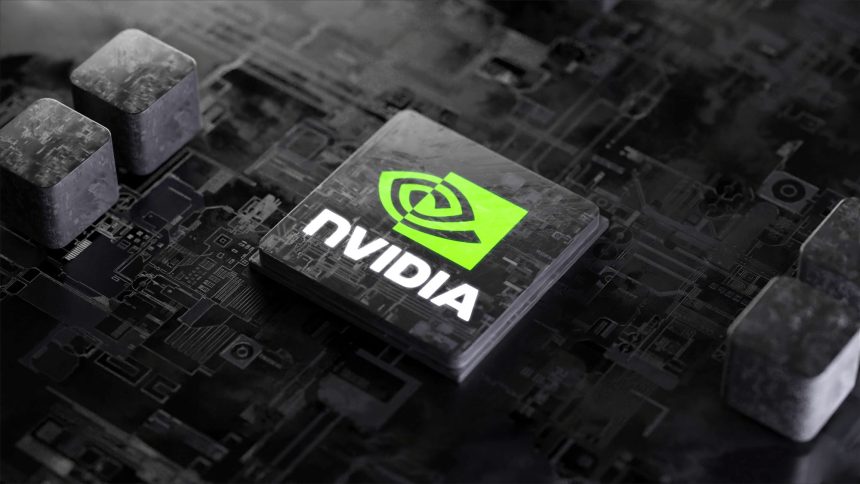Nvidia (NVDA) has initiated a 10-for-1 stock split, which will begin trading on Monday. This move follows spectacular price growth, with shares increasing by an astonishing 212% over the last year. Such a historic surge has propelled Nvidia into the esteemed $3 trillion club, joining tech behemoths Apple (AAPL) and Microsoft (MSFT), making it only the third U.S. corporation to reach this milestone.
| Stock Symbol | Company Name |
|---|---|
| NVDA | Nvidia |
| AAPL | Apple |
| MSFT | Microsoft |
| LRCX | Lam Research |
| NTNX | Nutanix |
| AVGO | Broadcom |
| MRVL | Marvell Technology |
| MU | Micron |
| ARM | Arm |
The revelation of the split has elicited conflicting responses from industry analysts. While Winthrop Capital’s chief investment officer Adam Coons anticipates an increase in retail investor interest, others warn of potential volatility. According to Coons, an influx of retail traders may cause increased volatility due to their predisposition to make rapid and emotional purchasing and selling decisions.
Julian Emanuel of Evercore ISI, on the other hand, sees more volatility as an opportunity to buy Nvidia, which he considers a “generational opportunity” and a cornerstone of today’s technology ecosystem.
Stock splits have historically been optimistic for the companies who implement them, with average returns of 25% one year later, compared to approximately 12% for the overall market, according to Bank of America study.
Nvidia’s stratospheric climb has had a substantial impact on the broader market, accounting for over a third of the S&P 500’s return since the beginning of the year, and more than a quarter of its return in May alone.
Since Nvidia’s earnings release on May 22, Wall Street’s positive opinion about the company has only grown. Vivek Arya of Bank of America boosted his price objective to a Street high of $1,500, noting the chip giant’s vital position in the accelerated computing revolution.
Aside from expressing management’s confidence, Nvidia’s stock split demonstrates enthusiasm and optimism about the broader AI industry’s development potential. As Lam Research (LRCX) CFO Doug Bettinger stated at Bank of America’s Global Technology conference, we are still in the early stages of the AI investment cycle.
The next phase of growth, also known as the second wave of AI, is expected to gain traction as businesses incorporate AI into their strategic planning and enterprise expenditure. Rajiv Ramaswami, CEO of Nutanix (NTNX), stresses this trend, citing increased adoption of hybrid-cloud architectures and growing interest in enterprise AI.
Arya suggests Broadcom (AVGO), Marvell Technology (MRVL), Micron (MU), and Arm (ARM) as top benefactors for investors looking to profit from AI’s sustained growth. Arya views growing processing, networking, and memory requirements as key growth drivers for this category in the next years.
Shayne Heffernan









